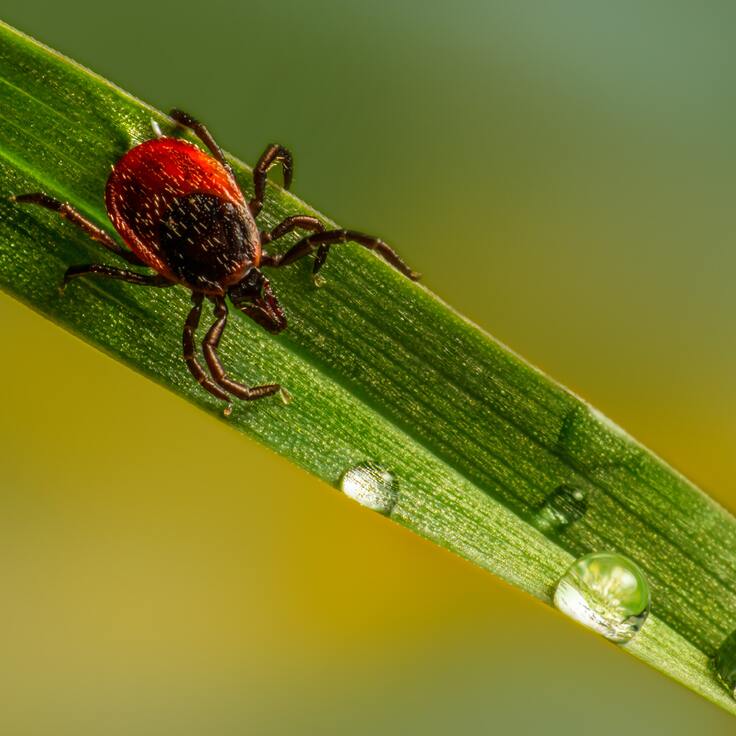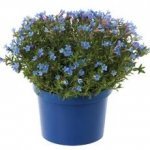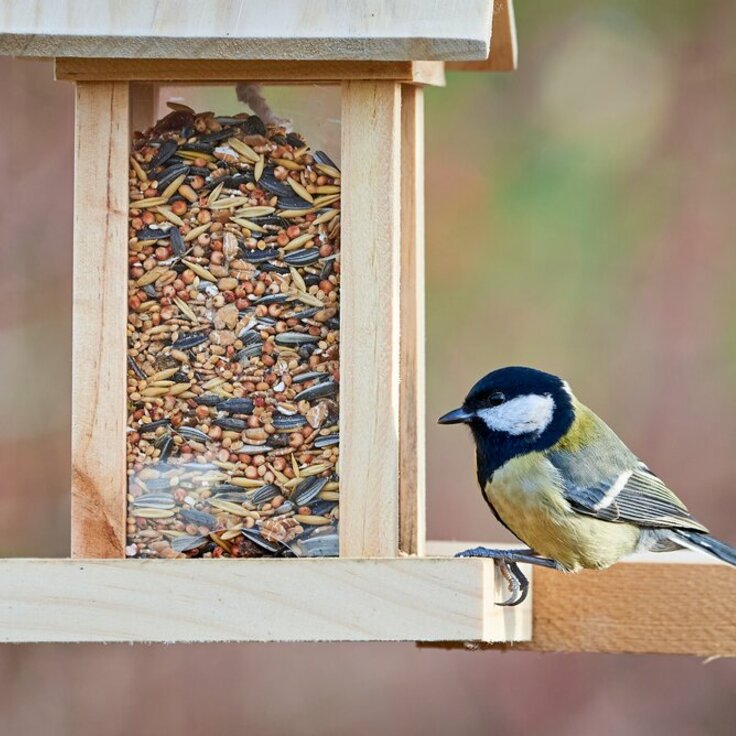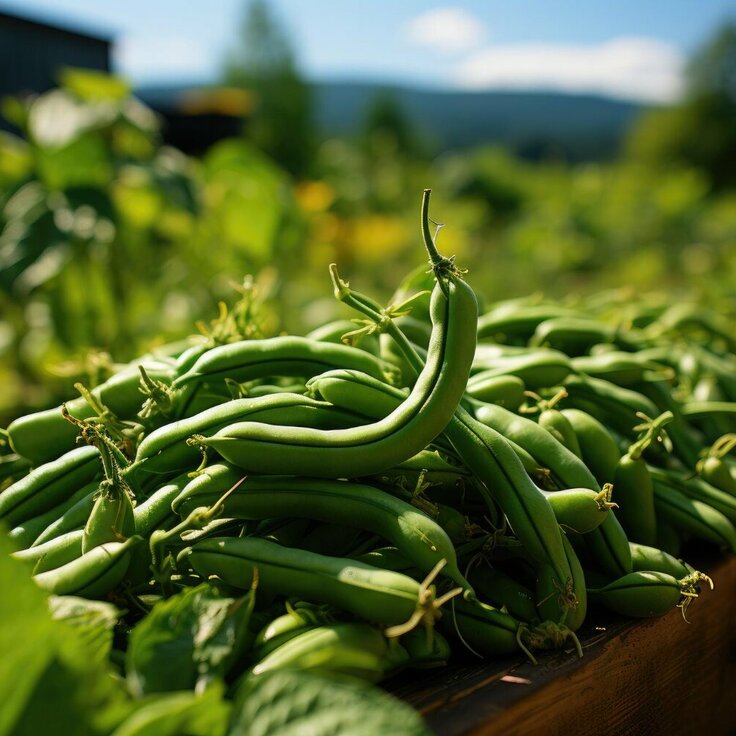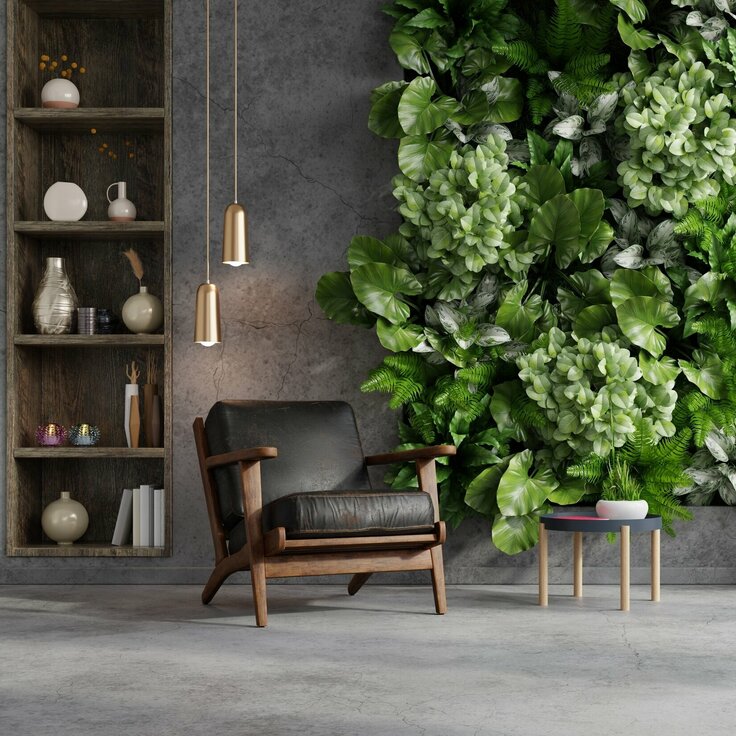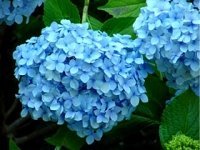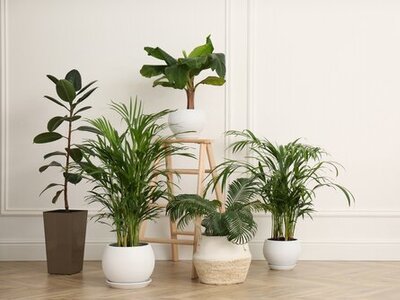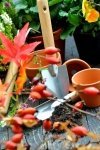Now I Need to Water?
Timing: One commonly known fact is that watering in the morning is best. Not that you shouldn’t water in the afternoon or evening but when possible, avoid watering in the heat of the day. Morning watering is best for two reasons: 1) less water evaporates as you water and 2) Overnight dampness on the leaves could cause diseases so it’s better to be safe than sorry.
Frequency: Watering more thoroughly is better than watering more frequently. A thorough drink for your plants will help them establish deeper, stronger roots.
Amount: This is where it gets tricky and no one can precisely make a blanket statement on how much water your plants need. It depends on your soil type, the air temperature, wind, type of plant, age of the plant, in-ground vs. in containers (and which type and size of container). An overall rule of thumb is to give your plants 1” of water per week. If you have sandy or silty soil, you will likely need to water more than 1” per week. If temperatures spike then you will also likely need more than 1” of water per week. For vegetables, here are a few more specific guidelines:
* All seeds need even moisture during germination.
* Beans need more watering when they’re flowering.
* Sweet corn needs water during silk, tassle and ear development
* Watermelon needs more water during fruit set and growth
* Tomatoes need consistent amounts of water to prevent blossom end rot
Technique: Drip irrigation, hand watering, sprinkling or other? The best technique sends water to the soil and roots, not the leaves of the plant. The roots are where the plant takes up water and nutrients so hold your watering tool close to the soil. Sprinklers are not a preferred tool for watering gardens so save those for your lawn. Drip irrigation or soaker hoses are good but if you have it set on an automatic timer, check frequently as it’s easy to over-water when a good soaking rain comes through.
Another good rule of thumb, plus a way to conserve water, is to water only the plant root ball, not the leaves. Not only does the plant not benefit by watering the leaves but that too can encourage diseases. Too, irrigating the entire garden only encourages weeds to grow where you don’t want them.
An inexpensive rain gauge is an easy way to keep track of how much water your garden is getting. If your plants have not received an inch of water in a week, you know to supplement with additional watering.
Thinking about trying some of the self-watering containers or hanging baskets? Something like these Garden Patch Grow Boxes will make your life much easier!
And what for all you recyclers/upcyclers? Yes, there are good ways to use your used milk jugs, soda bottles and wine bottles in your garden! For fun, we went to Pinterest and searched for ways to use those bottles. Leave them whole, cut them in half, bury them in the soil or set them on top--they all seem to have their benefits!
Read more at National Gardening Bureau.

